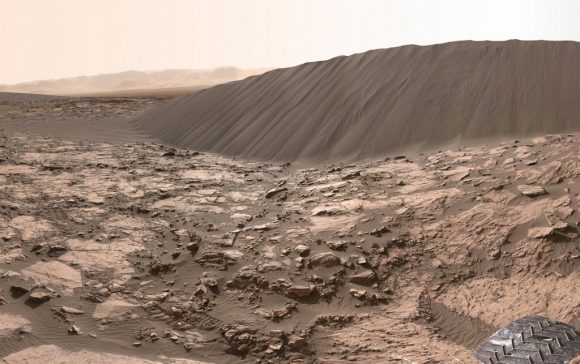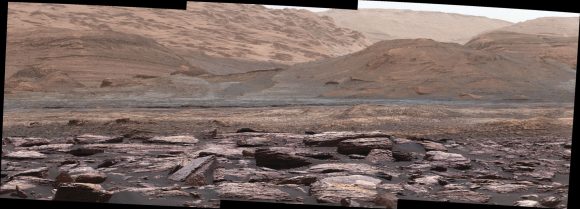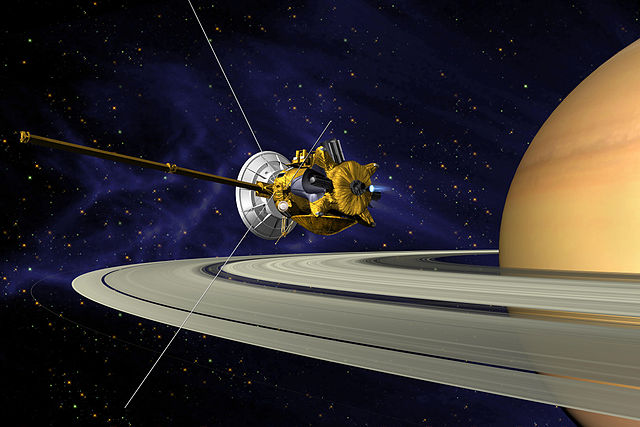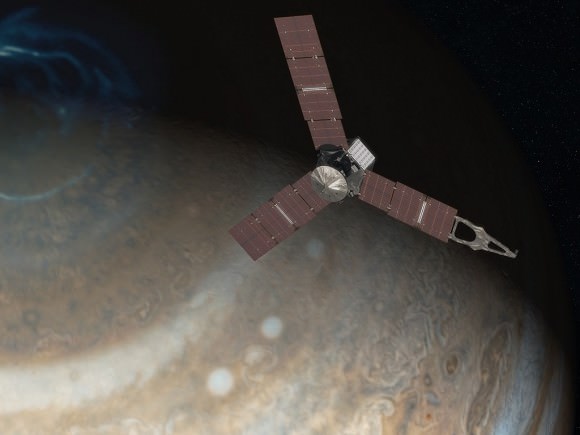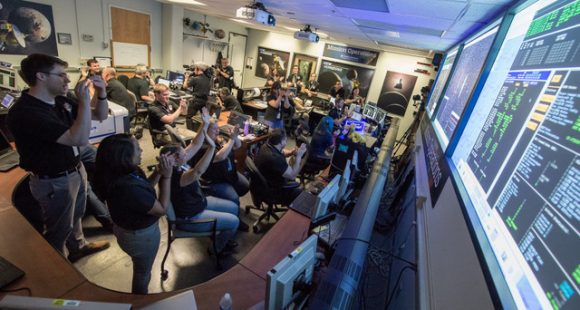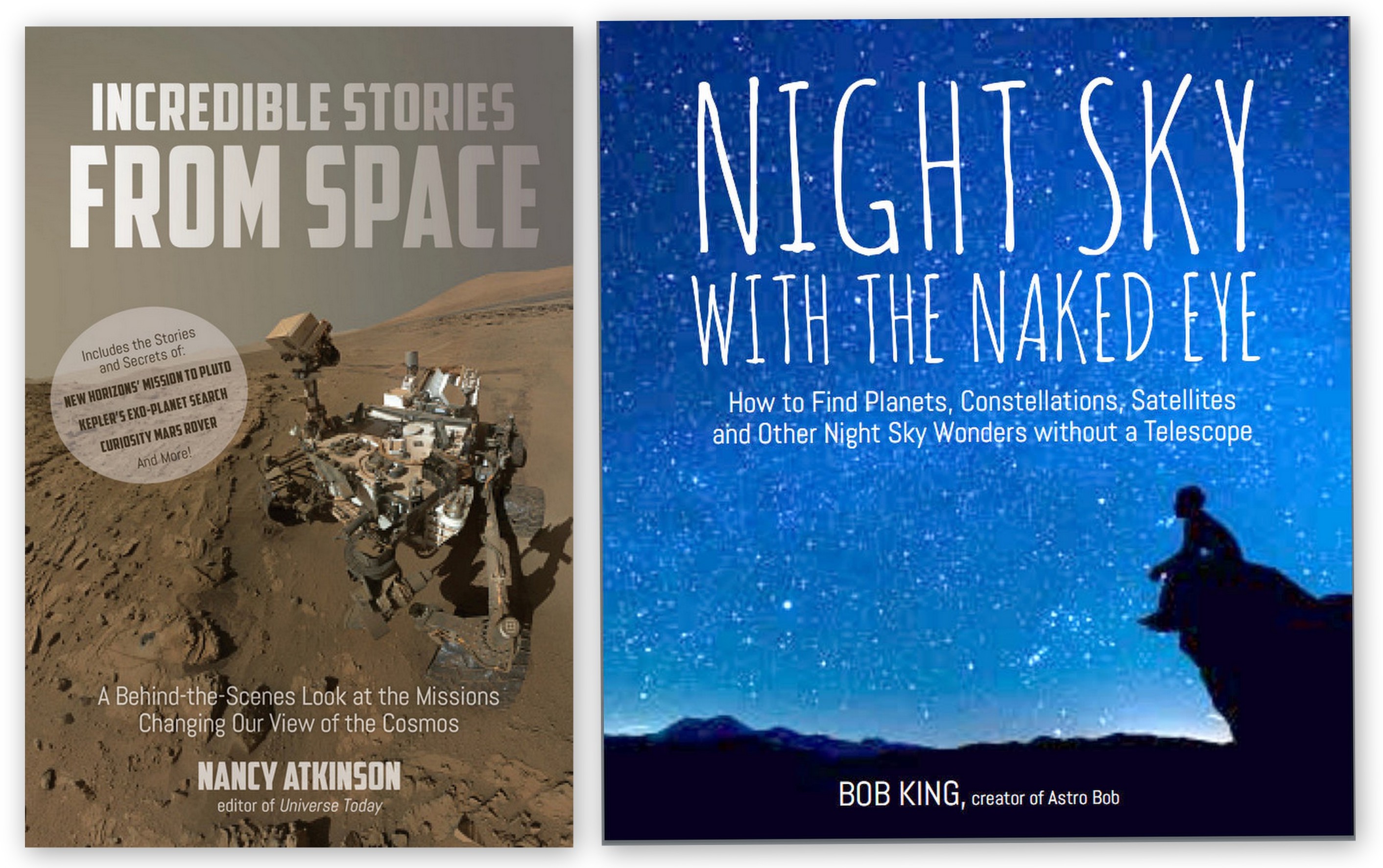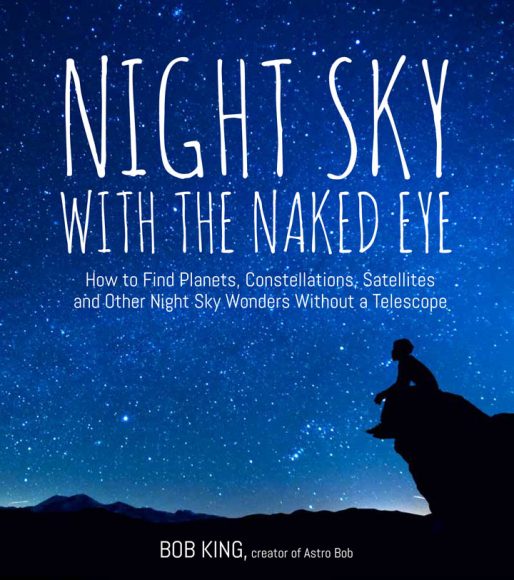Twelve years ago today, the Huygens probe landed on Titan, marking the farthest point from Earth any spacecraft has ever landed. While a twelfth anniversary may be an odd number to mark with a special article, as we said in our previous article (with footage from the landing), this is the last opportunity to celebrate the success of Huygens before its partner spacecraft Cassini ends its mission on September 15, 2017 with a fateful plunge into Saturn’s atmosphere.
But Huygens is also worth celebrating because, amazingly, the mission almost failed, but yet was a marvelous success. If not for the insistence of one ESA engineer to complete an in-flight test of Huygens’ radio system, none of the spacecraft’s incredible data from Saturn’s largest and mysterious moon would have ever been received, and likely, no one would have ever known why.
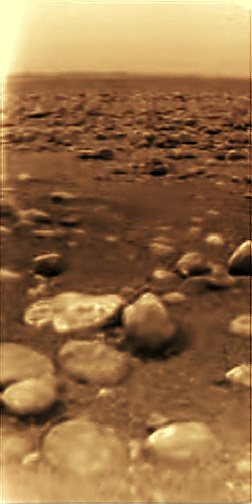
As I detail in my new book “Incredible Stories From Space: A Behind-the-Scenes-Look at the Missions Changing Our View of the Cosmos,” in 1999, the Cassini orbiter and the piggybacking Huygens lander were on their way to the Saturn system. The duo launched in 1997, but instead of making a beeline for the 6th planet from the Sun, they took a looping path called the VVEJGA trajectory (Venus-Venus-Earth-Jupiter Gravity Assist), swinging around Venus twice and flying past Earth 2 years later.
While all the flybys gave the spacecraft added boosts to help get it to Saturn, the Earth flyby also provided a chance for the teams to test out various systems and instruments and get immediate feedback.
“The European group wanted to test the Huygens receiver by transmitting the data from Earth,” said Earl Maize, Project Manager for the Cassini mission at JPL, who I interviewed for the book. “That’s a great in-flight test, because there’s the old adage of flight engineers, ‘test as you fly, fly as you test.’”
The way the Huygens mission would work at the Saturn system was that Cassini would release Huygens when the duo approached Titan. Huygens would drop through Titan’s thick and obscuring atmosphere like a skydiver on a parachute, transmitting data all the while. The Huygens probe didn’t have enough power or a large enough dish to transmit all its data directly to Earth, so Cassini would gather and store Huygens’ data on board and later transmit it to Earth.

ESA engineer Boris Smeds wanted to ensure this data handoff was going to work, otherwise a crucial part of the mission would be lost. So he proposed a test during the 1999 Earth flyby.
Maize said that for some reason, there was quite a bit of opposition to the test from some of the ESA officials, but Smeds and Claudio Sollazzo, Huygens’s ground operations manager at ESA’s European Space Operation Centre (ESOC) in Darmstadt, Germany were insistent the test was necessary.

“They were not to be denied,” Maize said, “so they eventually got permission for the test. The Cassini team organized it, going to the Goldstone tracking station [in California] of the Deep Space Network (DSN) and did what’s called a ‘suitcase test,’ broke into the signal, and during the Earth flyby, Huygens, Cassini and Goldstone were all programmed to simulate the probe descending to Titan. It all worked great.”
Except for one thing: Cassini received almost no simulated data, and what it did receive was garbled. No one could figure out why.
Six months of painstaking investigation finally identified the problem. The variation in speed between the two spacecraft hadn’t been properly compensated for, causing a communication problem. It was as if the spacecraft were each communicating on a different frequency.
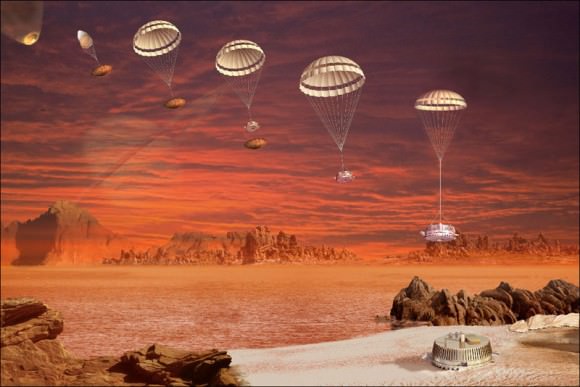
“The European team came to us and said we didn’t have a mission,” Maize said. “But we put together ‘Tiger Teams’ to try and figure it out.”
The short answer was that the idiosyncrasies in the communications system were hardwired in. With the spacecraft now millions of miles away, nothing could be fixed. But engineers came up with an ingenious solution using a basic principal known as the Doppler Effect.
The metaphor Maize likes to use is this: if you are sitting on the shore and a speed boat goes by close to the coast, it zooms past you quickly. But that same boat going the same speed out on the horizon looks like it is barely moving.
“Since we couldn’t change Huygens’ signal, the only thing we could change was the way Cassini flew,” Maize said. “If we could move Cassini farther away and make it appear as if Huygens was moving slower, it would receive lander’s radio waves at a lower frequency, solving the problem.”
Maize said it took two years of “fancy coding modifications and some pretty amazing trajectory computations.” Huygens’ landing was also delayed two months for the new trajectory that was needed overcome the radio system design flaw.
Additionally, with Cassini needing to be farther away from Huygens than originally planned, it would eventually fly out of range to capture all of Huygens’ data. Astronomers instigated a plan where radio telescopes around the world would listen for Huygens’ faint signals and capture anything Cassini missed.
Huygens was released from the Cassini spacecraft on Christmas Day 2004, and arrived at Titan on January 14, 2005. The probe began transmitting data to Cassini four minutes into its descent through Titan’s murky atmosphere, snapping photos and taking data all the while. Then it touched down, the first time a probe had landed on an extraterrestrial world in the outer Solar System.
Because of the communication problem, Huygens was not able to gather as much information as originally planned, as it could only transmit on one channel instead of two. But amazingly, Cassini captured absolutely all the data sent by Huygens until it flew out of range.
“It was beautiful,” Maize said, “I’ll never forget it. We got it all, and it was a wonderful example of international cooperation. The fact that 19 countries could get everything coordinated and launched in the first place was pretty amazing, but there’s nothing that compares to the worldwide effort we put into recovering the Huygens mission. From an engineering standpoint, that might trump everything else we’ve done on this mission.”
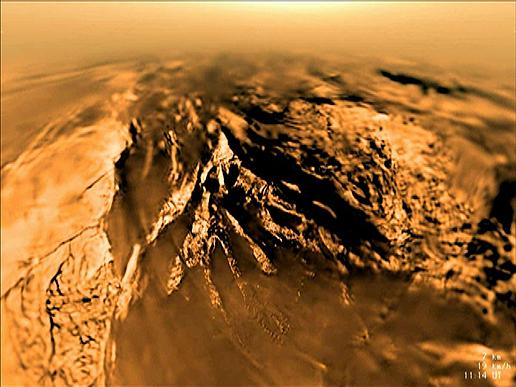
With its ground-breaking mission, Huygens provided the first real view of the surface of Titan. The data has been invaluable for understanding this unique and mysterious moon, showing geological and meteorological processes that are more similar to those on the surface of the Earth than anywhere else in the Solar System. ESA has details on the top discoveries by Huygens here.
Noted space journalist Jim Oberg has written several detailed and very interesting articles about the Huygens’ recovery, including one at IEEE Spectrum and another at The Space Review. These articles provide much more insight into the test, Smeds’ remarkable insistence for the test, the recovery work that was done and the subsequent success of the mission.
As Oberg says in IEEE Spectrum, “Smeds continued a glorious engineering tradition of rescuing deep-space missions from doom with sheer persistence, insight, and lots of improvisation.”
A modest Smeds was quoted by ESA: “This has happened before. Almost any mission has some design problem,” says Smeds, who says he’s worked on recovering from pre- and post-launch telecom issues that have arisen with several past missions. “To me, it’s just part of my normal work.”
For more stories about Huygens, Cassini and several other current robotic space missions, “Incredible Stories From Space” tells many behind-the-scenes stories from the amazing people who work on these missions.




